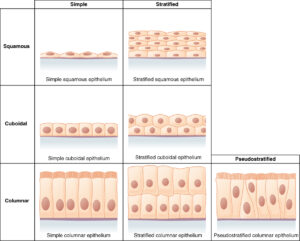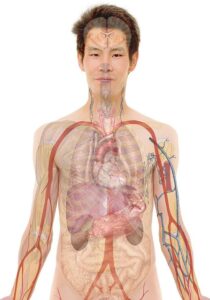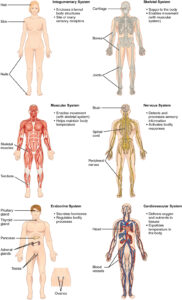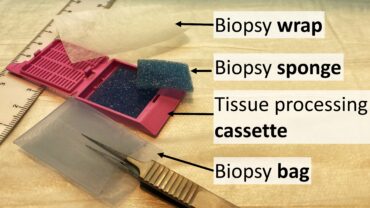Introduction to Histology
Introduction to histology starts with the structures of the body may be subdivided roughly into two great divisions:
The Simple Tissues
The Simple Tissues, as distinguished from the organs, are composed of comparatively few individual elements, and are found in various parts of the body. The simple tissues of the body may be subdivided as follows:
- Cells Suspended in a Fluid: The most noticeable example of this is blood. Where the cells-the blood corpuscles-float in a fluid, the liquor sanguinis.
- Cells Arranged on Free Surfaces: This includes the various epithelia, simple and stratified, in which the cells are in close appo sition to each other, united by intercellular cement substance.
- Cells Placed Interstitially in a Matrix:Under this heading are included the various forms of connective tissue, and nerve and muscle tissue. In these the cell elements are to a greater or less extent separated from each other by the matrix in which they are embedded-a matrix which varies considerably accor ding to the tissue.
THE ORGANS
The Organs, on the other hand, are composed of a more or less elaborate combination of different simple tissues, and are definitely placed in some special locality. The examples of organ are the Lungs, Spleen, Liver, etc.
Occupying a position midway between these two main divisions, there are certain “Systems” which are not composed of one simple tissue alone, and yet differ from the organs in that they are not restricted to one position but extend through the body generally. They differ from the organs, too, in the much smaller complexity of their formation.
The Systems
The vascular and lymphatic systems are examples. An artery can scarcely be called one of the organs, but includes several simple tissues in its structure-epithelium, connective, muscular, and nervous tissue.
It is to be admitted that in such a classification there is a considerable amount of artificiality, and its adoption may be regarded more as a matter of convenience than scientific distinction.All tissues are composed primarily of cells and intercellular substance. The intercellular substance may be very small in amount, as in the case of epithelium, where it is merely sufficient to cement the cells together; or it may be very much greater, as in the case of hyaline cartilage, where it forms a homogeneous matrix in which the cells lie at some distance from each other. Again, the intercellular substance may have “fibres” of various kinds appearing in it, either as a result of ” secretion” by the cells, or otherwise, as in the cases of ordinary connective tissue and elastic cartilage. The cells and fibres of any tissue, being the ultimate subdivisions of its anatomical structure, are termed the structural elements.







